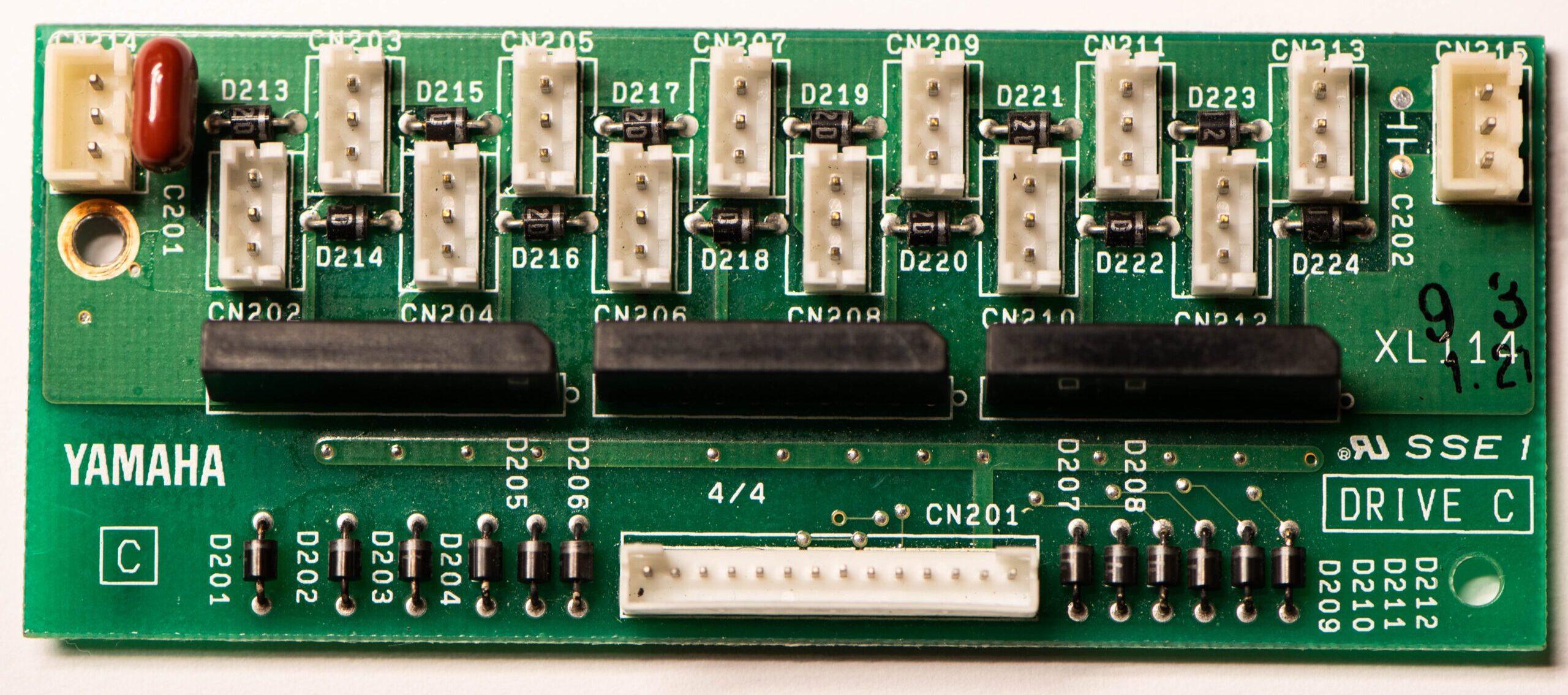Disklavier HQ100/MX100II Solenoid Failure
I have a customer who recently experienced an issue with his Yamaha Disklavier HQ100. The HQ100 is the Japanese version of the MX100II. He primarily uses this instrument via MIDI, and finds the Disklavier quite useful. This discussion should apply to other models of Yamaha Disklavier. Although the solenoids and part numbers differ between models, … Read more
